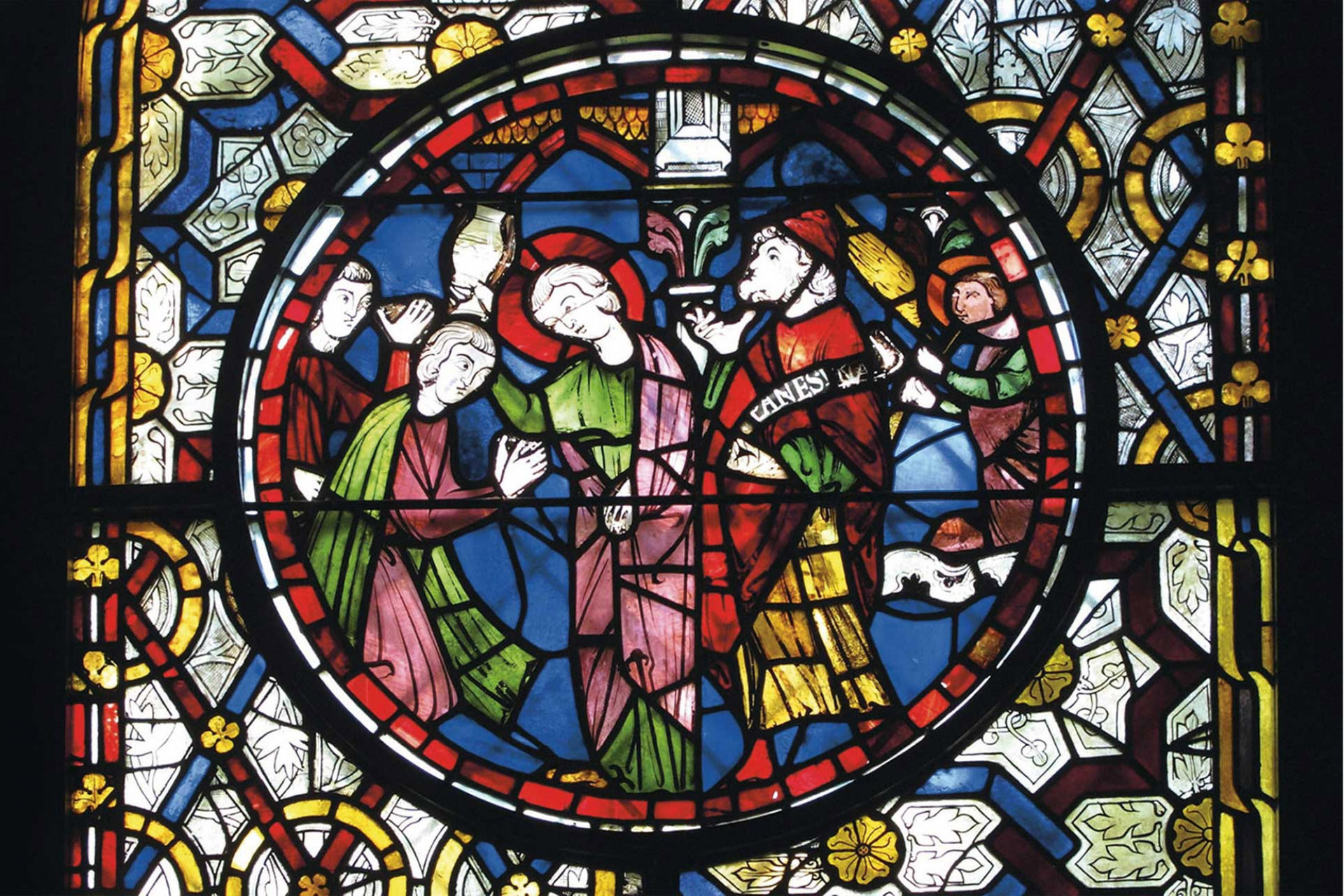Dr Robert Gallagher, Lecturer in Early Medieval History, has published an article in the prestigious journal English Historical Review revealing new evidence that doubles the … Read more
Author: flj
Whittington’s Gift: Reconstructing the Lost Common Library of London’s Guildhall
Led by Dr Ryan Perry, Senior Lecturer in Medieval Literature and Co-Director of the Centre for Medieval and Early Modern Studies, and Dr Stephen Kelly, … Read more
Campus excavations reveal details of Bronze Age, Mesolithic and Medieval occupation
Dr David Walsh and Dr Luke Lavan, Lecturer in Archaeology in the Department of Classical & Archaeological Studies, are currently leading a group of 30 … Read more



